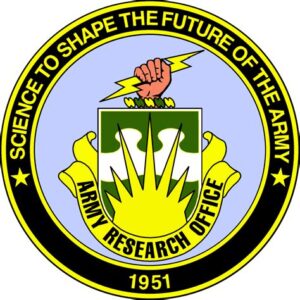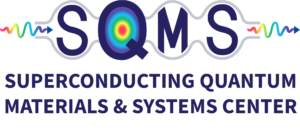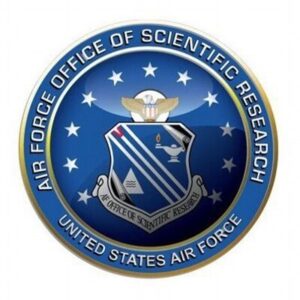Homepage
Welcome to the laboratory of Professor Srivatsan Chakram, at Rutgers University. Our research is at the intersection of quantum information science, quantum optics, and condensed matter physics. We build devices that combine superconducting circuits and microwave cavities and explore their quantum properties at milliKelvin temperatures. We aim to use these systems to probe many-body physics with photons and build fault-tolerant quantum information processors.
Join our lab! We have open positions at all levels. If you find our work interesting, please contact Prof. Srivatsan Chakram at schakram@physics.rutgers.edu
NEWS! We are currently looking to fill two postdoctoral positions. If you wish to be considered, please provide a CV with an updated list of publications and the names and contact details of three scientists who can provide letters of recommendation, and apply for the position at the ROCS website.
Learn more about what we do…
Over the past three decades, experimental quantum science has witnessed a renaissance that has led to the realization of a variety of novel engineered quantum mechanical systems with increasing coherence and control. These systems include ultracold atomic gases, trapped ions, mechanical resonators, defect centers in crystals, optical photons, and superconducting circuits. They promise to herald a new era where quantum mechanics can be harnessed for advances in computing, simulating quantum materials, communication, and sensing.
Our group builds new superconducting quantum information processors that combine superconducting circuits with high-Q microwave cavities. Our microwave cavities typically possess tens of modes with photon lifetimes of a few milliseconds, making them multimodal. We combine these cavities with superconducting circuits to form multimode cavity QED systems with extremely high cooperativities. Our goal is to develop new hardware and explore schemes for quantum control and error correction in these systems. These systems are also promising for exploring a new regime of many-body quantum optics, allowing us to build exotic quantum materials using microwave light.
We gratefully acknowledge the support of


